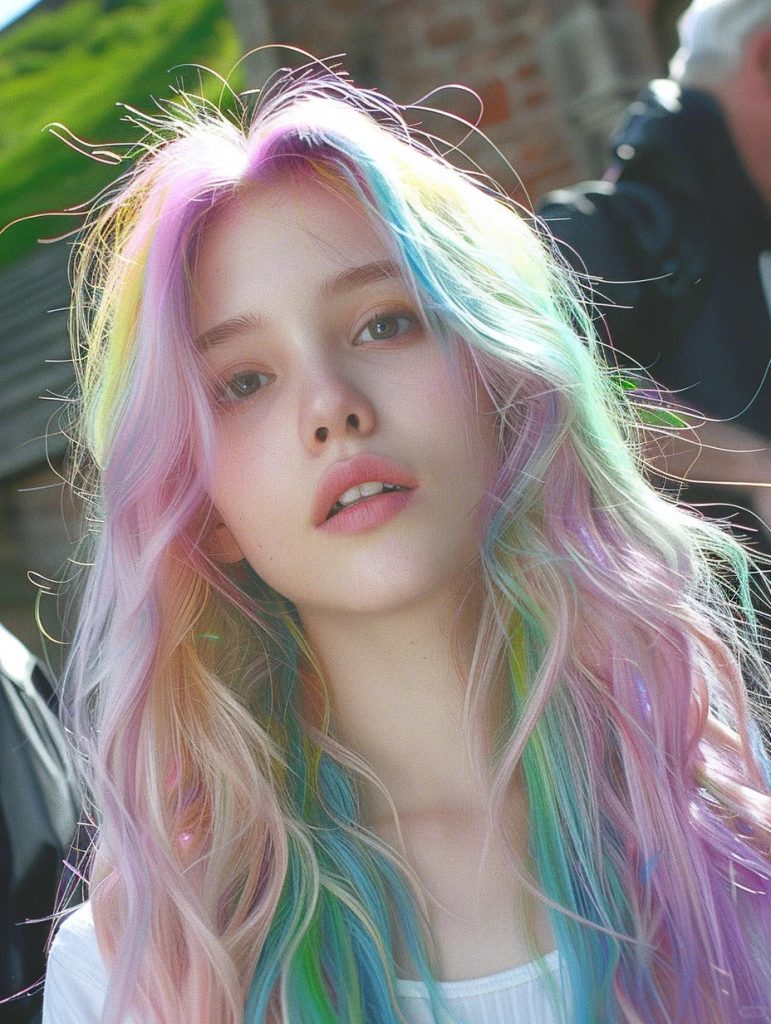Coloring your hair is a fun way to express yourself and change up your look. But it’s important to remember that the chemicals in hair dye can be harmful if not used properly.
When hair color is applied incorrectly or without the right care, it can cause dryness, breakage, and even hair loss. That’s why it’s crucial to choose and apply a hair color that’s not only vibrant but also nourishing.
Here are some tips to help you avoid damaging your hair when coloring it:
1. Prepare Your Hair Before Coloring
Before applying hair color, make sure your hair is clean and free from any styling products or build-up. This allows the color to penetrate evenly, giving you the best results. It’s also a good idea to treat your hair with a deep conditioner a few days before coloring. This will strengthen your hair, making it more resistant to potential damage.
2. Choose the Right Hair Color Product
Not all hair color products are the same, so it’s important to choose one that suits your hair type. If your hair is dry or damaged, look for products specifically designed for damaged hair, as they often contain nourishing ingredients. If you have sensitive skin or a sensitive scalp, opt for gentle, hypoallergenic hair color products to minimize irritation and ensure a comfortable coloring experience.
3. Protect Your Scalp During Coloring
Your scalp is sensitive and can easily get irritated during the coloring process. To protect it, apply a thin layer of protective cream or petroleum jelly along your hairline. This creates a barrier between your skin and the hair color, reducing the risk of irritation. Additionally, use a color applicator brush or a comb with a fine-toothed end to apply the color evenly and avoid direct contact with your scalp.

4. Apply Color Properly to Minimize Damage
How you apply the color can greatly impact the potential damage to your hair. Always follow the instructions provided with the hair color product, including mixing the color correctly and applying it evenly to your hair. Be gentle during application—avoid pulling or tugging on your hair, as this can lead to breakage. Instead, gently massage the color into your hair, ensuring even coverage from root to tip.
5. Stick to the Recommended Processing Time
Following the recommended processing time is key to getting the color you want without damaging your hair. Leaving the color on too briefly might result in a dull finish, while leaving it on too long can over-process and damage your hair. Set a timer or use your phone to make sure you’re sticking to the suggested time for the best results.
6. Maintain Your Color-Treated Hair
After you’ve colored your hair, it’s important to take care of it to avoid further damage. Use shampoos and conditioners designed for color-treated hair to help maintain the vibrancy of your color and keep your hair healthy. Consider adding a deep conditioning treatment to your weekly routine to restore moisture and repair any damage caused by the coloring process.
7. Consider Natural Alternatives to Traditional Hair Color
If you’re worried about the potential damage from traditional hair dyes, you might want to explore natural alternatives. Plant-based hair dyes, like henna, can provide beautiful, vibrant color without the harsh chemicals. Henna not only adds color but also nourishes and conditions the hair, making it a great option for those looking to avoid chemical damage.

Final Thoughts
Protecting your hair from damage during the coloring process is essential for maintaining its health and vibrancy. By taking the right precautions, you can keep your hair looking gorgeous and feeling strong. And if you’re concerned about the potential harm from chemical dyes, natural alternatives offer a safe and effective way to color your hair. With these tips, you can confidently color your hair, knowing you’re taking the best steps to keep it healthy and beautiful.






